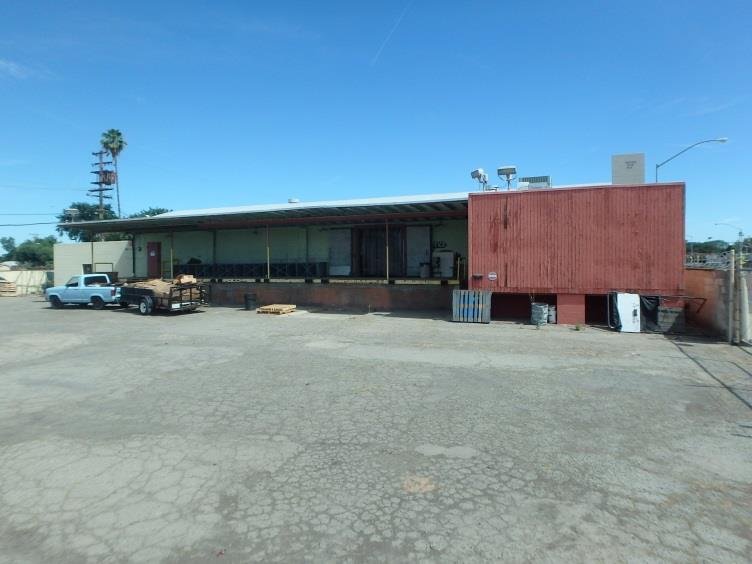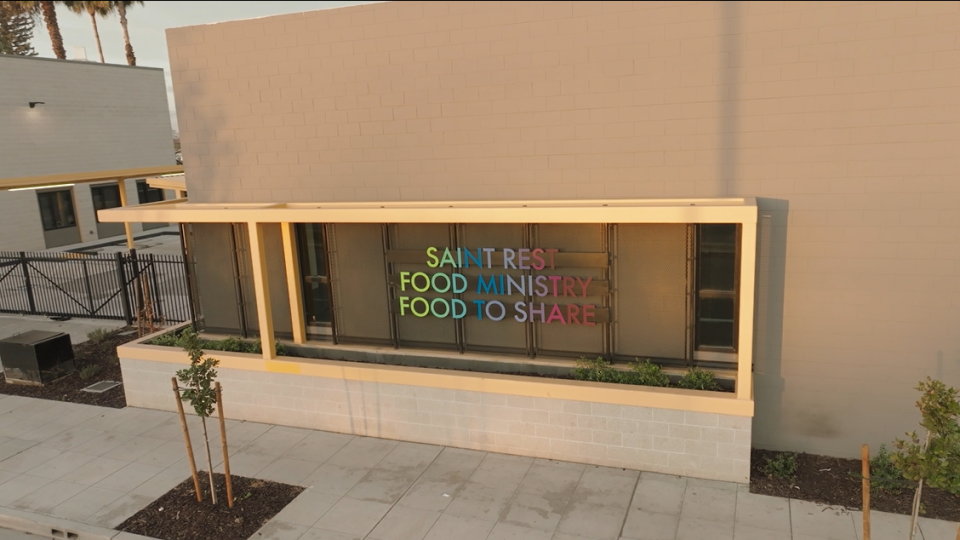From Meatpacking Plant to Food Hub
A Brownfields Transformation in Fresno
Key Funding Sources and Investments
Total Project Cost: Approximately $6.27 million
Federal Support
- EPA Brownfields and Land Revitalization Program:
- Technical assistance for brownfields action planning, community engagement and reuse financing strategies
- $175,000 Area-Wide Planning Grant
- $121,496 for environmental assessments and cleanup planning
- EPA Brownfields Revolving Loan Fund: $191,000 awarded as a subgrant for environmental cleanup
- U.S. Department of Housing and Urban Development Earmark Funding: $665,000
State and Local Support
- Two California Transformative Climate Communities Grants totaling $1,383,787
- City of Fresno American Rescue Plan Act Funds: $429,420
Private and Philanthropic Support
- Kaiser Permanente: $1,000,000
- Tarlton and Son, Inc.: $527,394
- Community Medical Centers: $365,000
- CalViva Health: $355,000
- Central Valley Community Foundation (anonymous donor): $250,000
- Trinity Health/Saint Agnes Medical Center: $200,371
- Kresge Foundation: $175,000
- Valley Children’s Healthcare: $100,000
- JD Food: $100,000
Additional Community and In-kind Contributions
- Support from Fresno Metro Ministry, individual donors and local organizations contributing services, labor and gifts: $297,000
Download Success Story:
From Meatpacking Plant to Food Hub: A Brownfields Transformation in Fresno, CA (pdf) (1.06 MB, June 2025)
In Fresno, California, a long-vacant warehouse—formerly a bakery, gas station and meatpacking plant—sat unused for years. Like many aging industrial properties, it faced environmental challenges, including contamination and structural decline, making redevelopment difficult. The site’s condition posed a significant barrier to reuse, requiring extensive assessment and cleanup before it could safely serve any new purpose.
The Solution
The project began with support from the U.S. Environmental Protection Agency (EPA) and a shared vision among city and community leaders. What followed was a years-long effort to assess environmental conditions, plan for cleanup and bring the right partners to the table. Together, they transformed an abandoned lot into a vibrant space that helps address food access, supports local programming and brings neighbors together.
“Collaboration was key,” says Daniel Moher, Land Revitalization Coordinator for EPA Region 9. “By bringing together federal, state, local and community resources, we were able to turn a challenging site into a valuable asset.”

The Results
In May 2024, the 6,800-square-foot Saint Rest + Food to Share Hub opened as a food recovery and distribution center. It offers nutrition programs, cooking classes and monthly markets. The project created 51 jobs and continues to support community programming. “This is about more than food. It’s about restoring dignity,” says Pastor DJ Criner of Saint Rest Baptist Church.

A Timeline of Transformation
Transforming a vacant property into a thriving community asset doesn’t happen overnight. Like many similar efforts across the country, this project took nearly a decade—but the results speak for themselves. Communities tackling brownfield sites can achieve a lasting impact by staying the course, seeing these projects through, and working with EPA and other partners.

Text-only version of Timeline Graphic
Moving Forward
The Saint Rest + Food to Share Hub demonstrates how former industrial sites can be repurposed to benefit the community. Through careful planning and strong partnerships, projects like this deliver long-term value, creating a community where everyone can thrive.
To learn more about partnering with EPA for similar community projects, visit our Technical Assistance page or contact Daniel Moher in Region 9 at Moher.Daniel@epa.gov or 415-972-3210.
